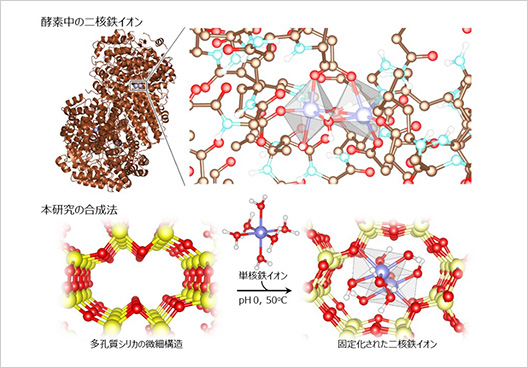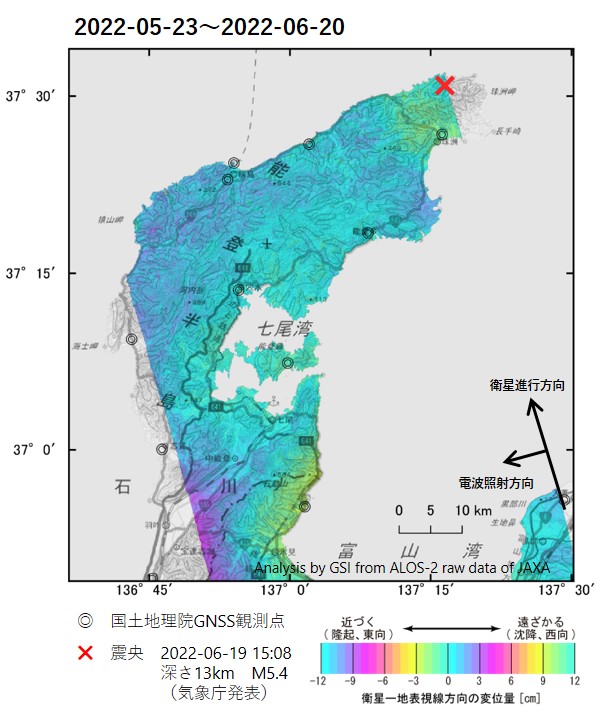2022-06-21 オランダ・デルフト工科大学(TUDelft)
<関連情報>
- https://www.tudelft.nl/en/2022/3me/news/track-and-trace-method-predicts-best-possible-resolution-in-microscopy
- https://www.sciencedirect.com/science/article/pii/S0006349522004209
反復変調強化単一分子局在顕微鏡法における精度 Precision in iterative modulation enhanced single-molecule localization microscopy
DylanKalisvaart,JelmerCnossen,Shih-TeHung,SjoerdStallinga,MichelVerhaegen,Carlas S.Smith
Biophysical Journal Available online:25 May 2022
DOI:https://doi.org/10.1016/j.bpj.2022.05.027

Abstract
Modulation enhanced single-molecule localization microscopy (meSMLM) methods improve the localization precision by using patterned illumination to encode additional position information. Iterative meSMLM (imeSMLM) methods iteratively generate prior information on emitter positions, used to locally improve the localization precision during subsequent iterations. The Cramér-Rao lower bound cannot incorporate prior information to bound the best achievable localization precision because it requires estimators to be unbiased. By treating estimands as random variables with a known prior distribution, the Van Trees inequality (VTI) can be used to bound the best possible localization precision of imeSMLM methods. An imeSMLM method is considered, where the positions of in-plane standing-wave illumination patterns are controlled over the course of multiple iterations. Using the VTI, we analytically approximate a lower bound on the maximum localization precision of imeSMLM methods that make use of standing-wave illumination patterns. In addition, we evaluate the maximally achievable localization precision for different illumination pattern placement strategies using Monte Carlo simulations. We show that in the absence of background and under perfect modulation, the information content of signal photons increases exponentially as a function of the iteration count. However, the information increase is no longer exponential as a function of the iteration count under non-zero background, imperfect modulation, or limited mechanical resolution of the illumination positioning system. As a result, imeSMLM with two iterations reaches at most a fivefold improvement over SMLM at 8 expected background photons per pixel and 95% modulation contrast. Moreover, the information increase from imeSMLM is balanced by a reduced signal photon rate. Therefore, SMLM outperforms imeSMLM when considering an equal measurement time and illumination power per iteration. Finally, the VTI is an excellent tool for the assessment of the performance of illumination control and is therefore the method of choice for optimal design and control of imeSMLM methods.



